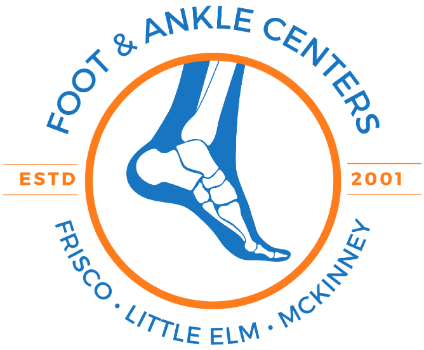Bunion Specialists Frisco, Texas



Symptoms of Bunions
- Enlarged, localized area of inflamed, swollen, tender skin on the side of the big toe
- Big toe pointing inwards towards the other toes
- Thickened skin and/or a bony bump at the base of the big toe
- Redness, pain, and irritation at the joint
- Corns and/or calluses on the side of the big toe and/or on the bottom of the foot
- Difficulty wearing shoes due to pressure from the bunion
- Discomfort when walking or standing
- The smaller toes become bent and painful.

Lapiplasty® Bunion Correction
The innovative Lapiplasty® Three-Dimensional Bunion Correction procedure is performed through three small incisions in the foot, allowing the surgeon to remove the bony prominence and reposition the toe to its normal alignment. This technique uses a 3D guide system to accurately show the deformity so the surgeon's movements are at maximum precision. This results in a more natural-looking foot, with a less painful recovery, and allows the surgeon to obtain reproducible, consistent results.



Dr. Tavakoli & Dr. Knapp on Good Morning Texas
PATIENT TESTIMONIALS

